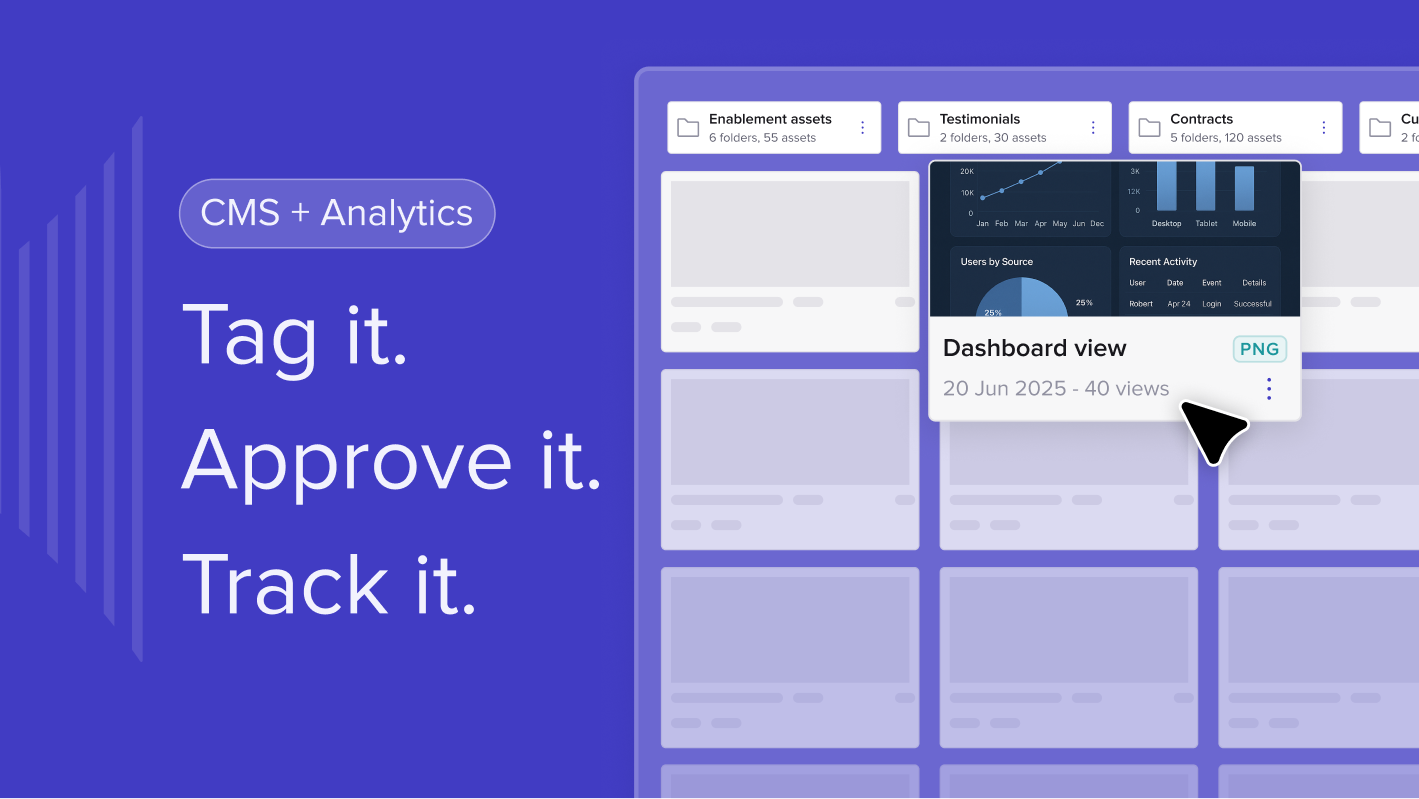Key takeaways
✔️ Good intent data starts with clear ICP, not just job titles
✔️ Layer on detailed signals - sales motion, product type, deal size, buying style
✔️ The sharper your filters, the stronger your messaging
✔️ Don’t stop at “who” think “why now?”
How to stop spray-and-pray and focus on what really works, with Rob Harlow from Sopro
In this GTM Insider clip, trumpet CEO Rory Sadler asks Rob Harlow, Co-Founder and Chief Innovation Officer at Sopro, a simple question: Where does anyone start with intent-based, signal-driven prospecting?
Rob’s answer? Get your targeting right really right.
“It really starts with understanding who you want to target, because again, I feel it is how you move intent up the funnel.”
— Rob Harlow, Sopro
Many teams grab a database and filter by industry, headcount or job title. But Rob says that’s too blunt. To make intent-based prospecting work, you have to go deeper.
At Sopro, the team layers on detailed signals sales team size, product type, deal value, buying cycles, whether it’s consultative or commoditised. It’s these details that help reps focus on accounts where signals match the story.
“We’ve got 15, 20 other really key points that make up an ideal Sopro customer.”
Better signals mean sharper messages, less wasted time and more deals with real intent behind them.
FAQs
➜ How do I get started with intent-based prospecting?
Start by defining exactly who you want and why. Go beyond basics like industry and title.
➜ What signals should I look for?
Think about buying stage, sales team size, product complexity, average deal value and any real-time signals like hiring or funding.
➜ Why is this better than just buying a list?
Because a blunt list gives you noise. Smart signals give you focus.

.svg)
.svg)
.svg)
.svg)
.svg)
.svg)
.svg)
.svg)
.svg)
.png)
.svg)
.svg)
.svg)
.svg)

.svg)
.svg)
%201.svg)
.svg)
%201.svg)



.svg)





.png)













![How to Get Started with Buyer Enablement [With Examples]](https://cdn.prod.website-files.com/65cf4fecbed2754c2236665d/65cf4fecbed2754c22366bdb_65a5af83e742f76e34ce06f3_Customer%2520Onboarding%2520_%2520Everything%2520you%2520need%2520(2).png)
.png)



.png)



.png)












.png)


.png)


.png)
.png)







